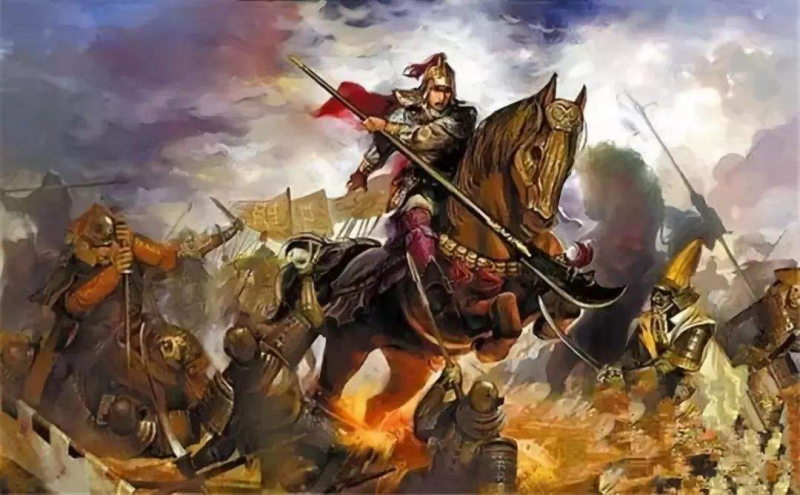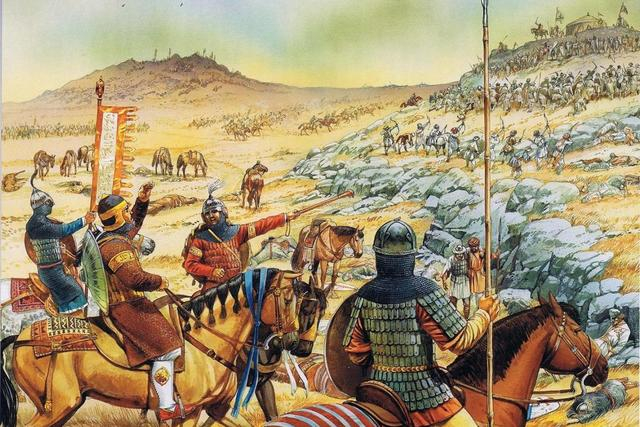The Battle of Changping and the Great Wall of China
The Battle of Changping and the Great Wall of China is the most important events in ancient China. The Battle of Changping took place in 260 BC, in which the Qin army led by Bai Qi crushed a huge Zhao army of 400,000 men, completely obliterating the fighting force of the Zhao dynasty and the state itself. The Qin Dynasty was now in a position to unify China, and this was done by their leader Qin Shi Huang. This unification has been going on for a long time since the Zhou government split into various vassal states. China can now develop a centralized government and establish a framework for China unification under a single national and cultural identity.
The Battle of Changping and the Great Wall of China is the historical setting for the construction of the Great Wall of China, a construction spanning many centuries. After Qin Shi Huang unified China, he continued to defend his newly established Qin dynasty (221 BC – 206 BC) against invasions from Inner Asia by building a wall. The authorities then reinforced and added to the wall. The Ming Dynasty (1369 AD – 1644 AD) was among those who modified, rebuilt, and enlarged the wall, often deviating from the original Qin designation. The Han extended the citadel to the west, while the Qi made about 1,600 km (990 mi) of new dividers and the Sui employed a million men to further enhance the construction. However, the Tang Dynasty (618 AD – 907 AD), Song Dynasty (960 AD – 1279 AD), Yuan Dynasty (1271 AD – 1368 AD), and Qing Dynasty (1644 AD – 1911 AD) mostly did not add to the wall, want to strengthen their defenses against Inner Asian threats through military and intelligence missions. Although providing a good defense against attack, the Great Wall could not stop all invaders. In 1644 AD, the Manchu Qing Dynasty broke through at the mouth of the Son Hai Pass and overthrew the Ming Dynasty.












